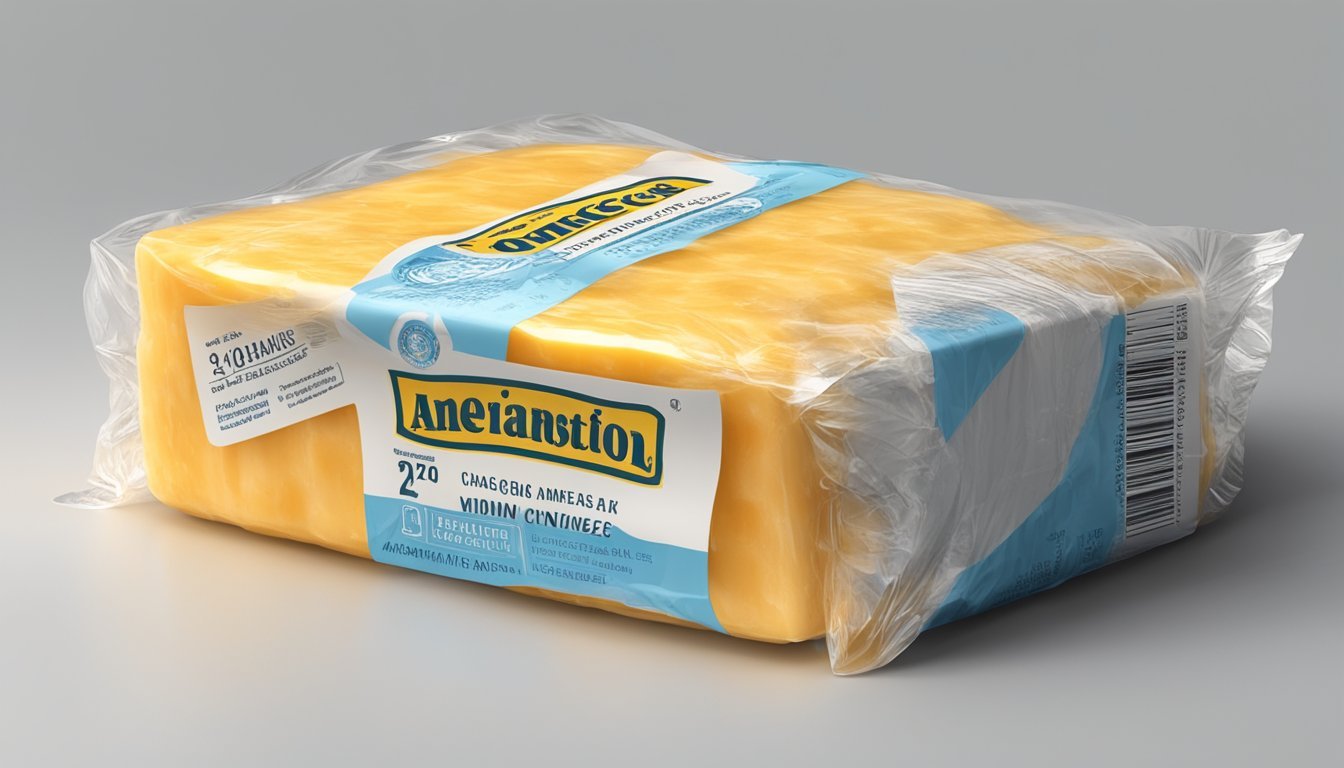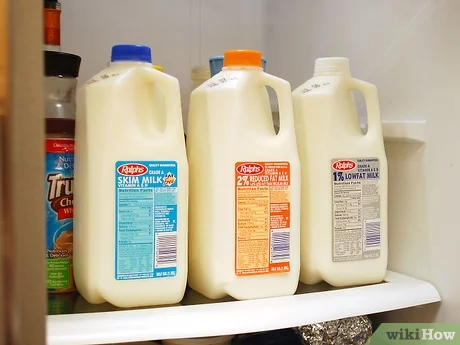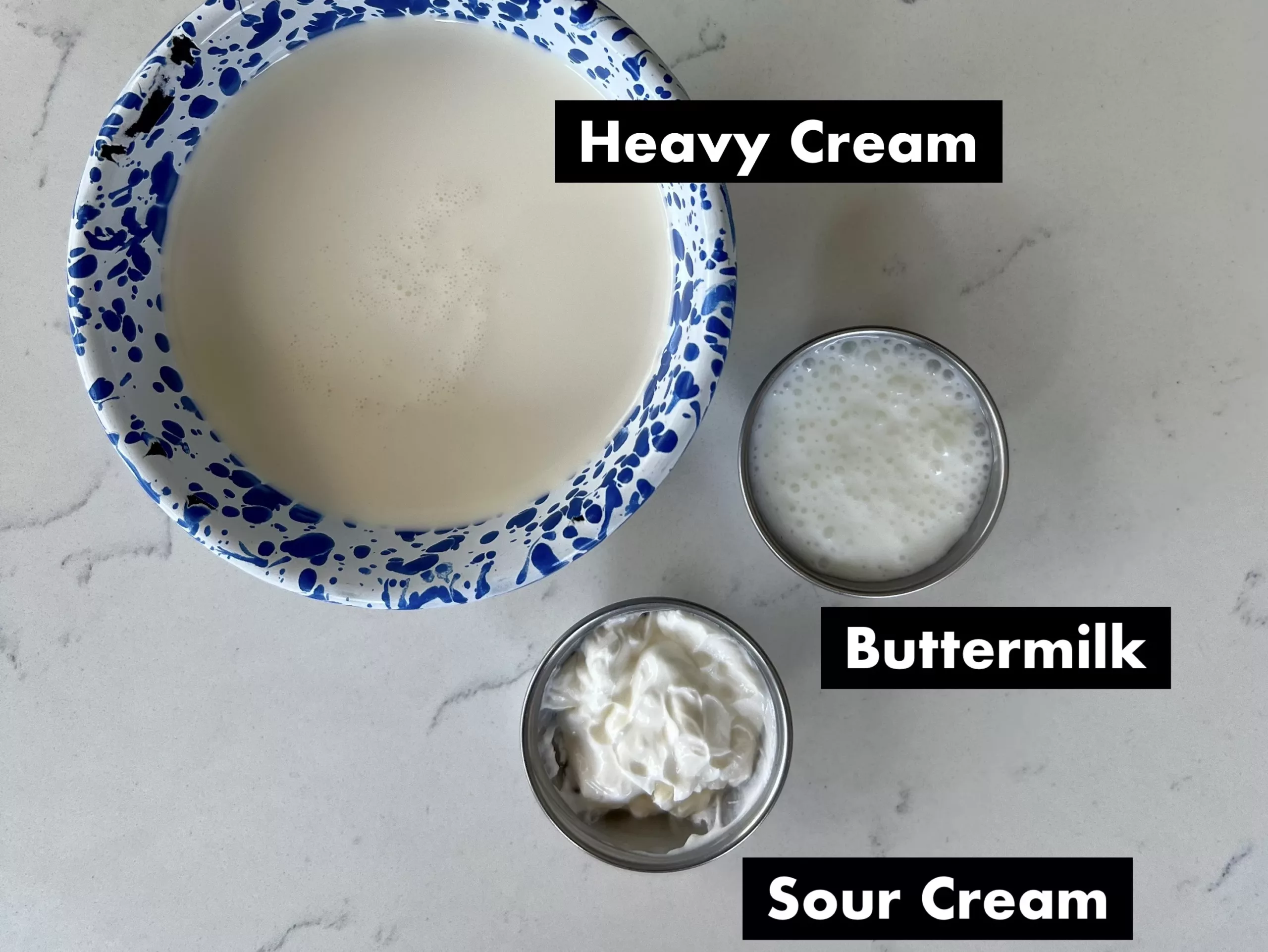How Long is Deli Cheese Good for? Essential Shelf Life Tips
– Sliced deli cheese can last 2 to 3 weeks if stored properly and immediately after purchase.
– Once opened, use cheese slices within 5 days to 1 week for best quality.
– Factors that can affect shelf life include storage temperature, packaging type, and firmness.
– Harder types of cheese last longer than softer ones.
– Sliced deli cheese should not be at room temperature for more than four hours to prevent bacterial growth.
– Refrigerated sliced deli cheese should be stored between 35 and 45 degrees Fahrenheit.
– Freezing sliced deli cheese can extend its storage life to around 6-8 months or longer.
– Freezing may affect the flavor and overall quality of the cheese.
– Discoloration, mold growth, and a strong, off-putting smell are signs that the deli cheese has gone bad.
– Proper storage methods, such as keeping the cheese in the refrigerator or freezer, can help prevent molding.
– Block cheese generally has a longer shelf life compared to sliced deli cheese.




